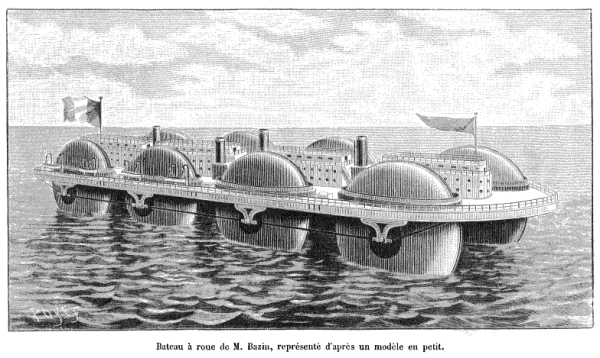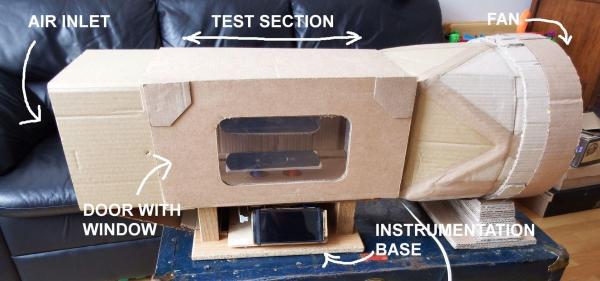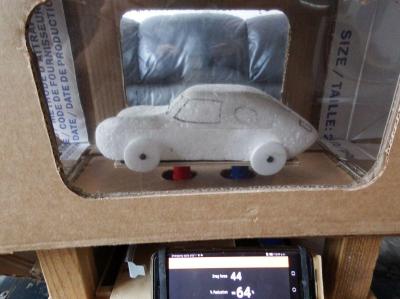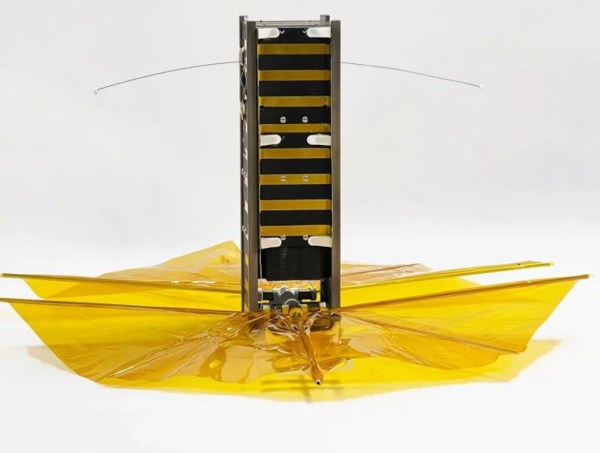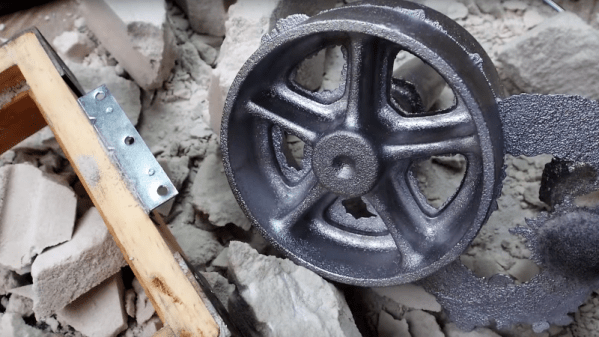For some mobile projects like small carts or rolling cabinets, your standard casters from Harbor Freight will do just fine. But some projects need big, beefy wheels, and these custom cast aluminum wheels certainly make a statement. Mostly, “Watch your toes!”
To be honest, [Brian Oltrogge]’s wheels are an accessory in search of a project, and won’t be crushing feet anytime soon. He made them just to make them, but we have no beef with that. They’ve got a great look that hearkens back to a time when heavy metal meant something else entirely, and things were made to last. Of course, being cast from aluminum sort of works against that, but there are practical limits to what can be done in the home foundry. [Brian] started with a session of CAD witchcraft followed by machining the cores for his molds. Rather than doing this as lost foam or PLA, he milled the cores from poplar wood. His sand mix is a cut above what we usually see in home-brew sand casting — sodium silicate sand that can be cured with carbon dioxide. All his careful preparation meant the pour went off without a hitch, and the wheels look great.
We’ve featured quite a few metal casting projects recently, some that went well and some that didn’t. [Brian] looks like he knows what he’s doing, and we appreciate the workmanship that he puts on display here.
Continue reading “Custom Aluminum Wheels Teach A Thing Or Two About Casting” →

